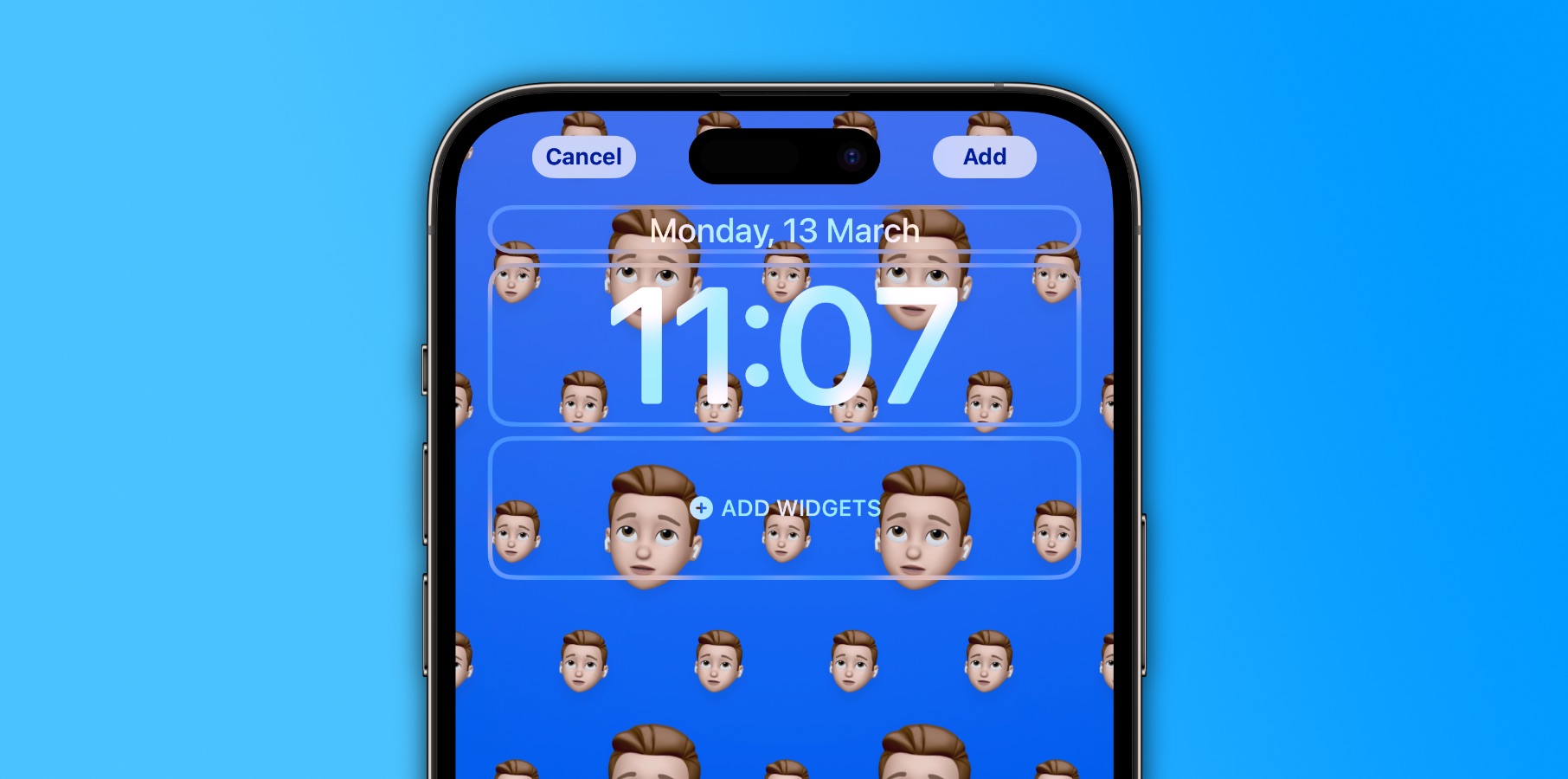There was a mythical quality about Mariano Rivera during his long peak.
He was so good, so imperturbable and so capable of finding calm and greatness in the hugest moments that, over time, his presence was felt in games before he even entered.
The Yankees played backward: What do we have to do for eight innings to get the ball to Rivera with a lead?
It gave a whole team confidence, and it unsettled opponents who played as if they had 24 outs to win.
So, when Rivera crumbled on the Kauffman Stadium warning track chasing a flyball during batting practice on May 3, 2012, it felt as if the Yankees had lost much more than just a closer for the rest of the season.
It felt as if they had lost a style and a substance that were hard to quantify and impossible to replace.
The first time since then that I have felt that a reliever brought those elements, in addition to personal excellence, was Edwin Diaz last year.
It was not just his wipeout stuff, but that he had gotten off the canvas in New York — in New York — to morph at Citi Field from ninth-inning pariah to endgame messiah.
You could feel other teams desperate to avoid a ninth-inning deficit more than normal. And if the opening chords of “Enter Sandman” produced a certain kind of euphoria and energy in The Bronx, the notes of Timmy Trumpet’s “Narco” did the same in Queens.
So when Diaz crumbled Wednesday amid a celebration on the loanDepot Park infield in Miami after he struck out the side to eliminate the Dominican Republic and save a 5-2 World Baseball Classic win for Team Puerto Rico, it felt as if the Mets had lost much more than just a closer for the rest of the season.
Like Rivera, Diaz has a devastating right knee injury — a torn patellar tendon. And it feels as if the Mets have lost a style and substance hard to quantify and impossible to replace.

Except these 2023 Mets should understand losing this player better than most clubs.
In 2012, the Yankees assistant general manager was Billy Eppler, who is the Mets’ GM now. The player who hit the batting practice flyball that Rivera was chasing when he was injured was Jayson Nix, who had just been called up to replace the injured Eric Chavez, who is now the Mets’ bench coach.
David Robertson was a primary set-up man for Rivera in 2012 and was to be for Diaz in 2023.
And Buck Showalter managed the Orioles, who finished second in the AL East and lost to the first-place Yankees in the ALDS, in part because the Rivera-less bullpen — notably Robertson and Rafael Soriano — allowed just one run in 11 ¹/₃ innings.
Rivera missed the rest of that season with a torn ACL, yet the Yankees nevertheless went to the ALCS.
“One of the things that experience in 2012 taught me,” Eppler recalled, “is that when you have the depth and you have strong areas of the club — whether it is starting pitching, relief pitching, offensively, defensively — if you are solid or above average, then you can absolutely overcome.”
Rivera was 42 and contemplating retirement after that season (he returned in 2013 because he didn’t want his career to end with an injury).
Diaz will turn 29 this Wednesday. But the lead-up season before their injuries have similarities.
In 2011, Rivera allowed three homers in 61 ¹/₃ innings, accumulating 2.9 Wins Above Replacement (Baseball Reference).
Last year, Diaz allowed three homers in 62 innings, accumulating a 3.2 WAR.
Both removed end-game questions and anxiety at the highest level.
So how do you overcome such an injury? The 2012 Yankees were in a top-heavy AL East in which they, the Orioles and the Rays all won 90 or more games — akin to the 2023 NL East, with the Mets, Braves and Phillies expected to excel.
Those Yankees had MLB’s highest payroll and were beat up by the rest of the sport for overkill when — despite having Rivera and Robertson — they gave elite closer money (three years at $35 million) to Soriano (by the way, done by ownership over the protest of GM Brian Cashman).

Obviously, Steve Cohen has heard protests about blowing out his payroll to a $370 million projection, in part, by giving the largest relief contract ever (five years at $102 million) to Diaz.
Those Yankees and these Mets had well-rounded teams, but those Yankees had a much longer pedigree of winning and, thus, a strong internal leadership fabric. Will these Mets prove to have that?
“One thing that I really loved when I went there was just how the professionalism was — whether it was a five-game winning streak or five-game losing streak,” Chavez said about his one Yankees season.
“You just go to work and know no one is gonna feel sorry for you. … I was thinking this: If you’re a good team and you remove one player and that makes you vulnerable, then you weren’t a good team. That’s how those Yankees felt, and I think that is how we feel with the depth here. It was very painful with Mo. It is very painful with [Diaz]. But you pick up the pieces and move on.”

Joe Girardi, who managed the 2012 Yankees, said: “They understand [what has happened], they have guys who have been around the block, this isn’t a bunch of first or second-year players.
“I’m sure Buck will individually talk to guys and say, ‘Hey, we’re gonna be OK. Yeah, we’re really gonna miss him, but I believe in the other people in the clubhouse and we’re gonna be OK.’ And I’m sure he’ll do a really good job of doing that. And I really do believe those first few saves [during the regular season] become really important.”
Soriano eventually rose over Robertson as the 2012 closer, and he only blew one save in the first 11 weeks after Rivera was injured.
“They have time to digest this [because the injury occurred in spring training],” Girardi said. “But then those saves in April will become important, because you want to take away the anxiety of losing arguably the best closer in baseball.”
















Discussion about this post